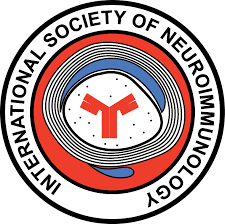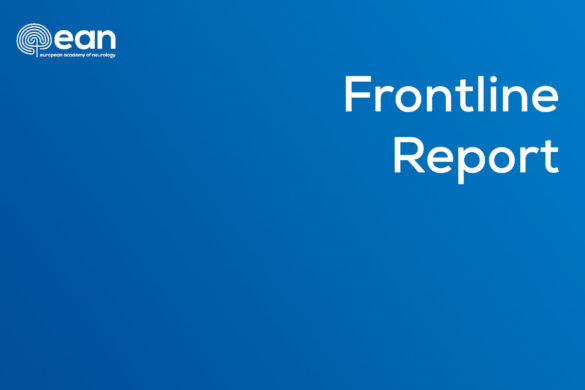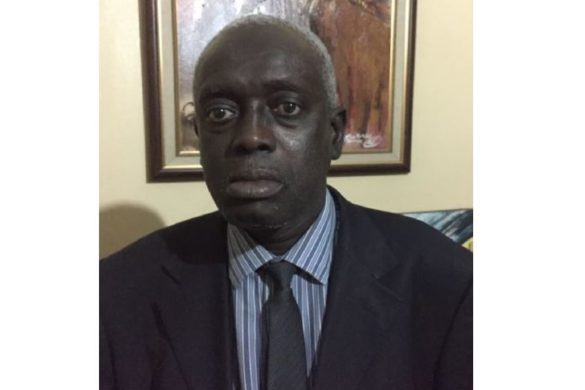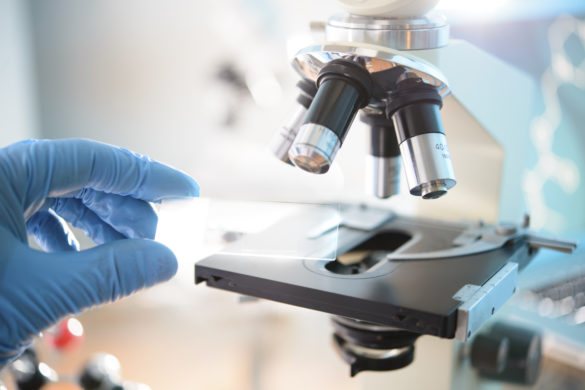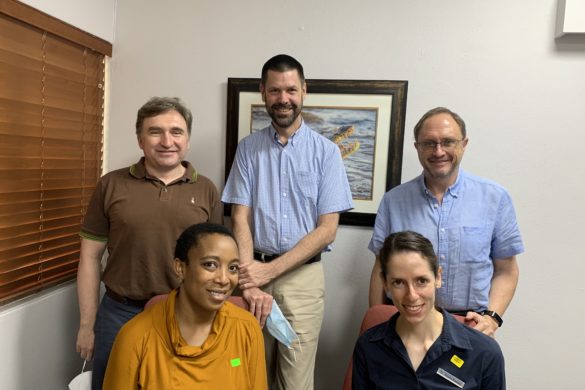Beomseok Jeon, President AOAN interviewed by D. Muresanu
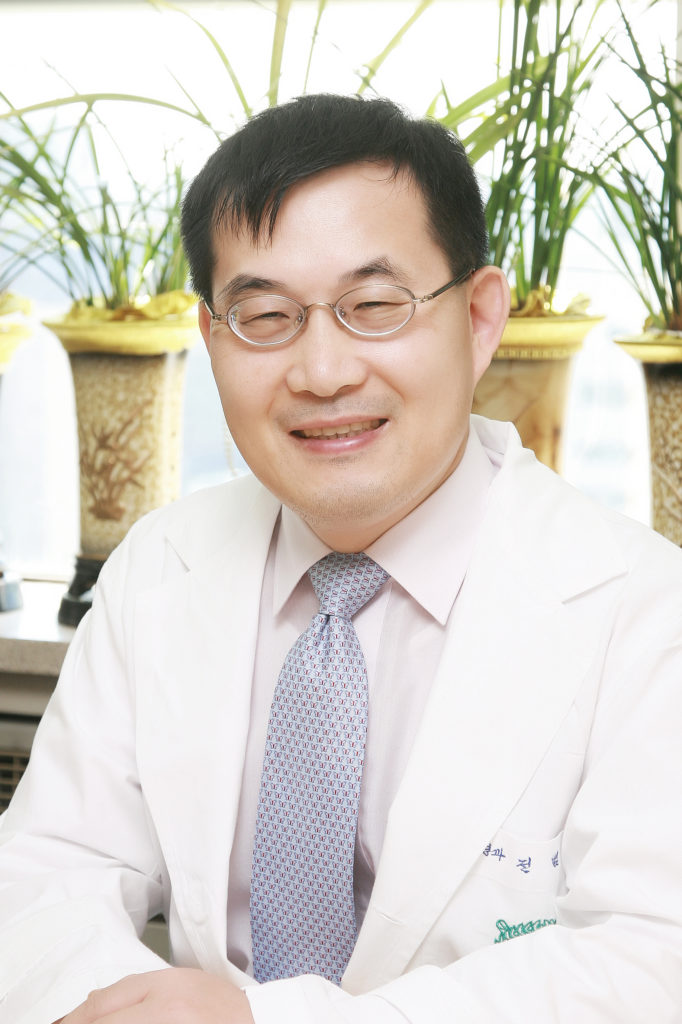
1. Kindly illustrate the structure and goals of the AOAN to the EAN Pages readers.
The Asian and Oceanian Association of Neurology (AOAN) was established in 1961. The main objectives of the association according to the AOAN Statutes are to promote and foster on an international scale the advancement, the exchange and diffusion of information and ideas relating to the nervous system and encourage scientific researches in neurological problems.
Executive committee is consisted of the president, vice-president, secretary and past-president.
Membership to the AOAN has increased over the years from the initial nine member countries to the present twenty.
Our goal is
- To promote the development of clinical neurology and neurological science throughout the Asian and Oceanian Region.
- Assist, as required, in the development of training programs and research efforts in member and potential member nations of the region.
- Facilitate co-operative exchange programs for trainee and qualified neurologists and neuroscientists.
- Participate with activities promoted by the WFN.
- Respect the aims and aspirations of member organizations in providing support and advice.
- Promote friendship amongst neurologists and neuroscientists in the region.
- Act with sensitivity in obviating political and cultural influences which may impact adversely on these mission objectives.
2. How does AOAN promote the development of clinical neurology and neurological science throughout the Asian and Oceanian Region?
The Asian and Oceanian Congress of Neurology (AOCN) is our official congress and is the main educational and scientific forum. In the beginning, we hosted AOCN once every four years. However, with increasing need of educational program, we are hosting AOCN every two years. AOCN 2018 in Seoul was the most recent one with more than 1700 participants. AOCN 2020 in Taiwan is delayed until April of 2021 due to Covid-19 pandemic. It is planning to be in hybrid format.
3. Education is the stepping stone to excellence in neurology. What educational initiatives does AOAN promote and do these imply an exchange of students among the AOAN member countries?
By hosting AOCN, AOAN helps the development of clinical neurology throughout the region by bringing the different neurological societies along with their members closer. We all know that Asia and Oceania is a big region with cultural, language and economic differences, and with AOAN, the gap narrows down. Information coming from one side of the region is easily shared to another by lectures, conferences and workshops. We also share information regarding exchange programs so that a trainee (resident or fellow) may also opt to rotate to another country within the region to expand their knowledge in neurology especially in areas which are not available in their home country. For example, a trainee from a developing country doing an elective in a developed country for advanced procedures like DBS and Endovascular Neurology. They can gain knowledge and skills which they can later bring back in their home country.
4. EAN looks forward to working with AOAN. How do you see such cooperation and what would be your main suggestions for such a cooperation?
I was surprised to know that Turkey, Armenia, Azerbaijan, Cyprus, Georgia belonged to Asia and Oceania region by WFN classification. Countries in the Central Asia may be more inclined to European league. Moreover, division by region is almost meaningless in this internet age especially with Covid-19 lockdown. A cooperation between the Asian and European section is important because the information needs to be shared to grow. The first and easiest thing will be to have a joint session in each congress so that we find mutual interests and move on from there.




